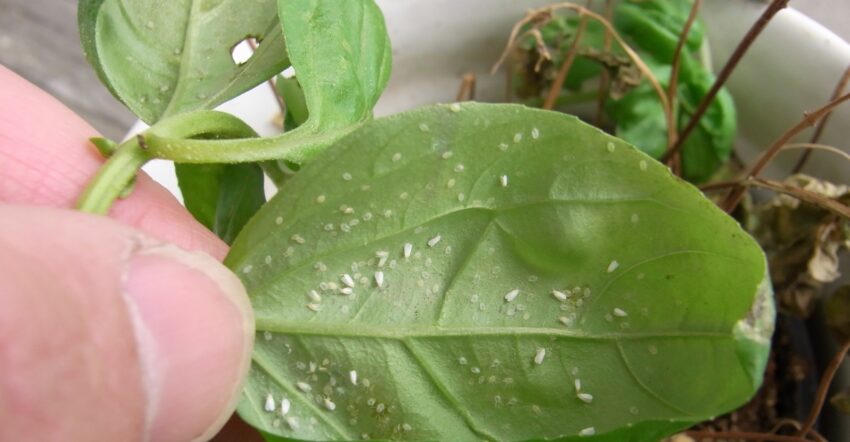Houseplants add beauty and freshness to indoor spaces, but they can also attract unwanted pests that can harm your plants’ health. In this article, we’ll explore five common houseplant pests that may invade your green oasis, discuss their characteristics, and provide tips on effective pest control methods. If you’re in Delhi and need pest control assistance, reputable services can help you deal with these pesky intruders.
1. Aphids
Aphids are small, soft-bodied insects that feed on plant sap, causing leaves to curl, yellow, or distort. They multiply rapidly, making them a common pest for indoor plants. To control aphids, you can use insecticidal soaps, neem oil sprays, or introduce natural predators like ladybugs. Regularly inspect your plants for signs of aphid infestation, such as sticky residue or clusters of tiny insects on leaves and stems.
2. Mealybugs
Mealybugs are white, cottony pests that suck sap from plants, leading to stunted growth and yellowing of leaves. They often hide in leaf axils and plant crevices. To eliminate mealybugs, use alcohol-soaked cotton swabs to remove them manually or apply insecticidal soap. Prune heavily infested plant parts and isolate affected plants to prevent spread. Proper ventilation and avoiding over-fertilization can also deter mealybug infestations.
3. Spider Mites
Spider mites are tiny pests that create fine webbing on leaves and feed on plant fluids, causing stippling, discoloration, and leaf drop. They thrive in warm, dry conditions and reproduce rapidly. Control spider mites by increasing humidity levels, regularly misting plants, and washing leaves with water to dislodge mites. Neem oil, insecticidal soap, or predatory mites can also help manage spider mite populations.
4. Fungus Gnats
Fungus gnats are small, dark-colored flies that lay eggs in moist soil, where larvae feed on organic matter and plant roots. Infestations can lead to yellowing leaves and weakened plants. To combat fungus gnats, allow the soil to dry between waterings, improve soil drainage, and avoid overwatering. Yellow sticky traps can help catch adult gnats, while beneficial nematodes or soil drenches with Bacillus thuringiensis (BT) can control larvae.
5. Scale Insects
Scale insects are tiny, oval-shaped pests that attach themselves to plant stems and leaves, sucking sap and causing yellowing, wilting, and leaf drop. They secrete a protective scale cover that makes them challenging to control. Remove scale insects manually using a soft brush or cloth dipped in soapy water. Prune heavily infested plant parts and apply horticultural oil or insecticidal soap to suffocate and kill scales.
Effective Pest Control in Delhi
If you’re dealing with houseplant pests in Delhi, consider professional pest control services for effective and safe solutions. Reputable pest control providers in Delhi offer targeted treatments, eco-friendly options, and ongoing support to protect your indoor plants and keep your home pest-free.
Conclusion
Identifying and managing common houseplant pests is essential for maintaining healthy and thriving indoor plants. By understanding pest characteristics and implementing effective pest control methods, you can protect your green companions and enjoy a vibrant indoor garden.

